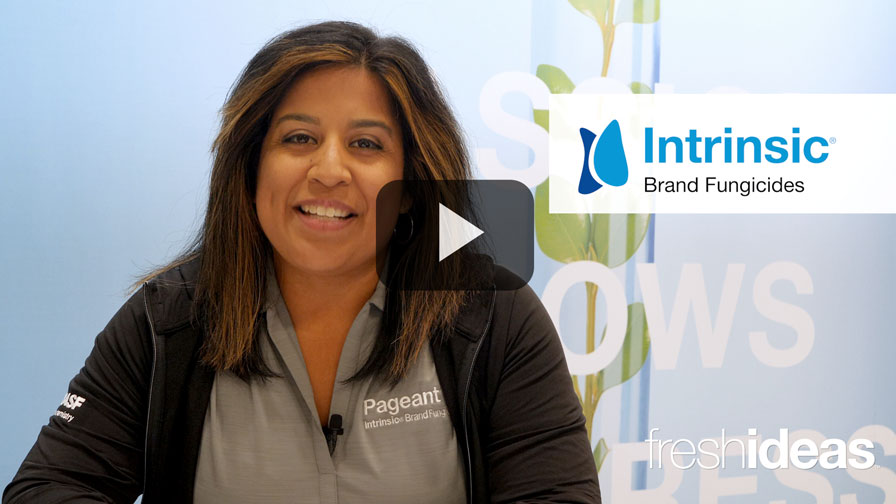How To Do Your Own Consumer Research
 You have probably sat through classes with experts talking about consumer shopping behavior. While those classes are valuable, you can supplement those speakers’ experiences with your own consumer research.
You have probably sat through classes with experts talking about consumer shopping behavior. While those classes are valuable, you can supplement those speakers’ experiences with your own consumer research.
Back in July, I turned to Doug Sapp, who heads up Fuel Insights consulting firm and who lead the AmericanHort SHIFT research, when I was tasked with leading a group of retailers during Cultivate at the Easton Mall, an upscale outdoor village type shopping center, to find ways the retailers were putting the SHIFT insights into action.
Here is some of the advice he gave our group, simple methods you can use, too:
Take Time To Observe
Want to learn more about shoppers? Head to a place where there are a lot of them: a mall.
“Most malls have dedicated areas for relaxing and shopping — they are integrated. So my first advice is to simply pay attention. Take a chair, observe how the mall is set up, and watch customers as they pass. Notice the little things, how clean the area is, your best guess at the ages of people shopping, what races are represented, the gender mix, lighting, sounds, the aesthetics,” Sapp says.
Ask Consumers Directly
Interviewing is an obvious method to learn more about people, a method that is often overlooked because it feels intrusive.
Sapp gave us specific advice on how to interview, and he thinks its best to practice with a partner first.
“It’s always a good idea to do this exercise with others on your staff,” Sapp says. “If you do, divide up into pairs. Work in pairs and one person interviews the other (not chat with, actually ask questions, listen, and write down notes about what the other person is saying). Then switch and let the other person interview their partner. Have them ask questions of each other like:
- “What do you find interesting and attractive on a personal level about? (a store, a display, the area, etc)
- “What do you find off-putting about? (pick a thing)
- “What is different here at Easton from your store – demographics, layout, design, products, etc?
- “What do you see that is consistently grabbing your attention?
- “What do you see that you are wondering if this would work in your store?
It will take some practice, and will fill awkward at first.
“Interviews are tough because people do not want to listen — they want to talk and engage,” Sapp say. “It will be the leader’s job to get Partner A to shut up and listen and take notes, not add commentary. Then, switch and get Partner B to shut up, listen and take notes.”










